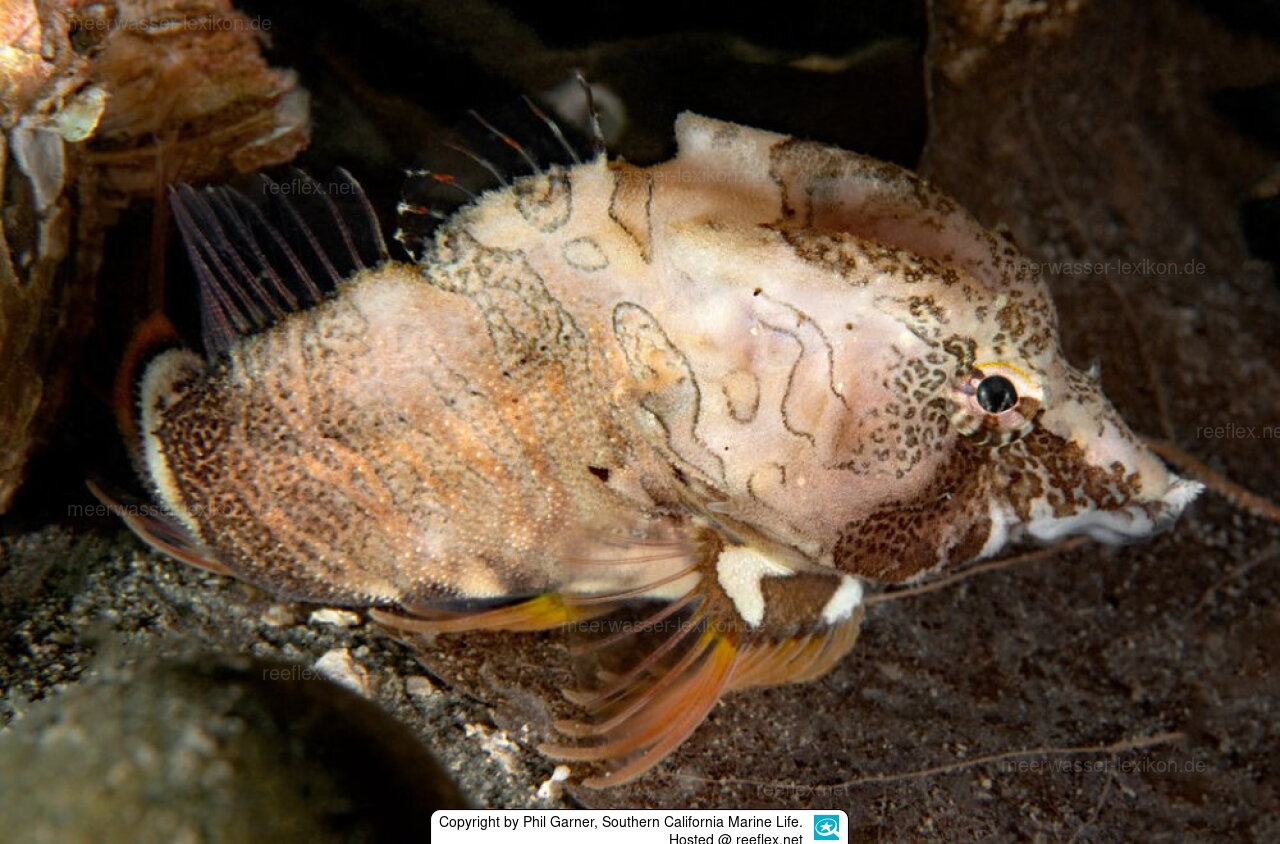Info
Rhamphocottus richardsonii Günther, 1874
Distribution: North Pacific: Japan to Alaska and at least Santa Monica Bay, southern California, USA.
Biology:
Inhabits intertidal areas and to 165 m depth, in tide pools and rocky areas but also sand bottoms.
Frequently observed taking shelter in empty shells, including those of the giant barnacle, Balanus nubilis, and discarded bottles and cans.
Young feed on zooplankton and invertebrate and fish larvae; adults feed also feed on crustaceans.
May use its pectoral fins to crawl over rocks and seaweed.
Synonymised taxa:
Rhamphocottus richardsoni Günther, 1874
Distribution: North Pacific: Japan to Alaska and at least Santa Monica Bay, southern California, USA.
Biology:
Inhabits intertidal areas and to 165 m depth, in tide pools and rocky areas but also sand bottoms.
Frequently observed taking shelter in empty shells, including those of the giant barnacle, Balanus nubilis, and discarded bottles and cans.
Young feed on zooplankton and invertebrate and fish larvae; adults feed also feed on crustaceans.
May use its pectoral fins to crawl over rocks and seaweed.
Synonymised taxa:
Rhamphocottus richardsoni Günther, 1874







 Phil Garner, Southern California Marine Life, USA
Phil Garner, Southern California Marine Life, USA





